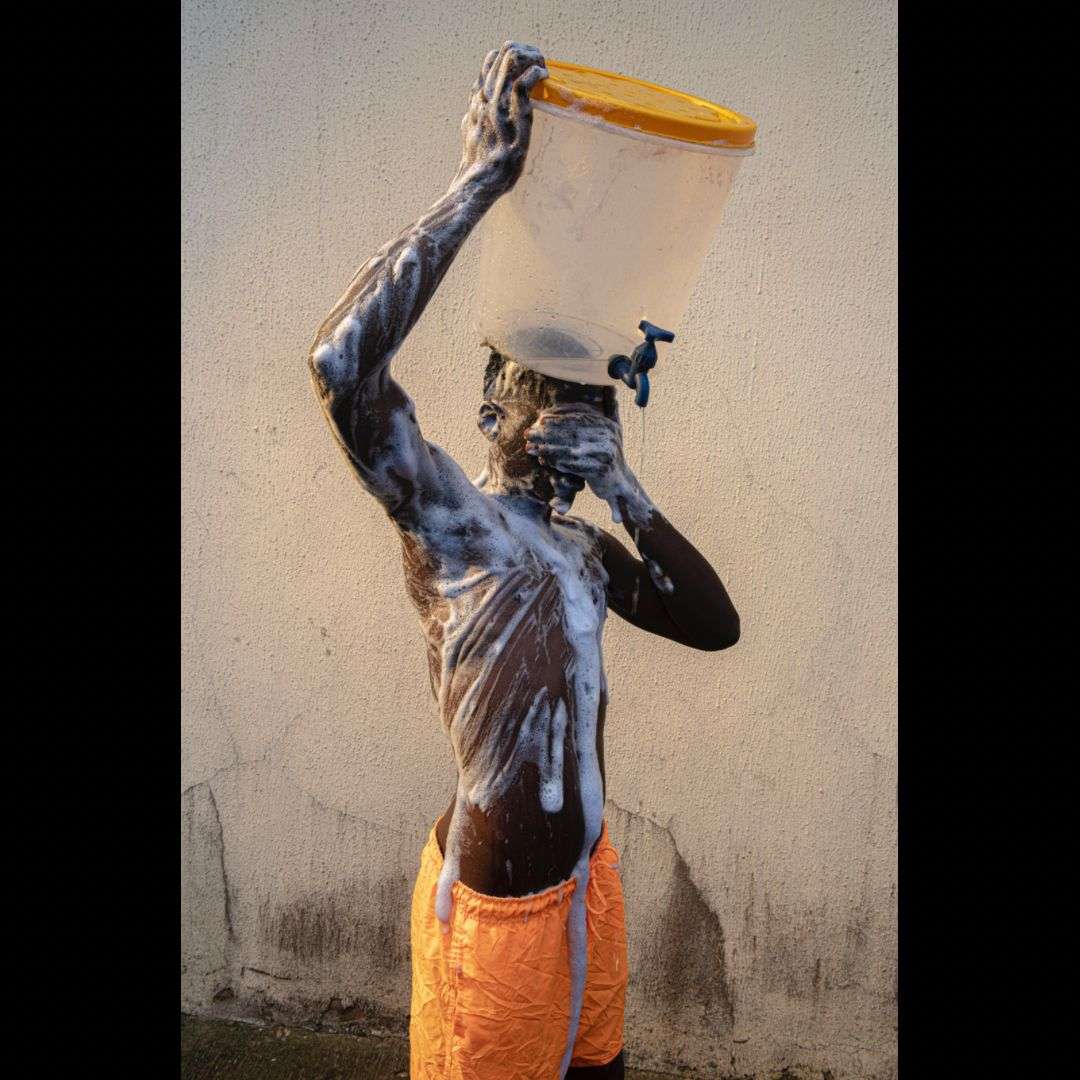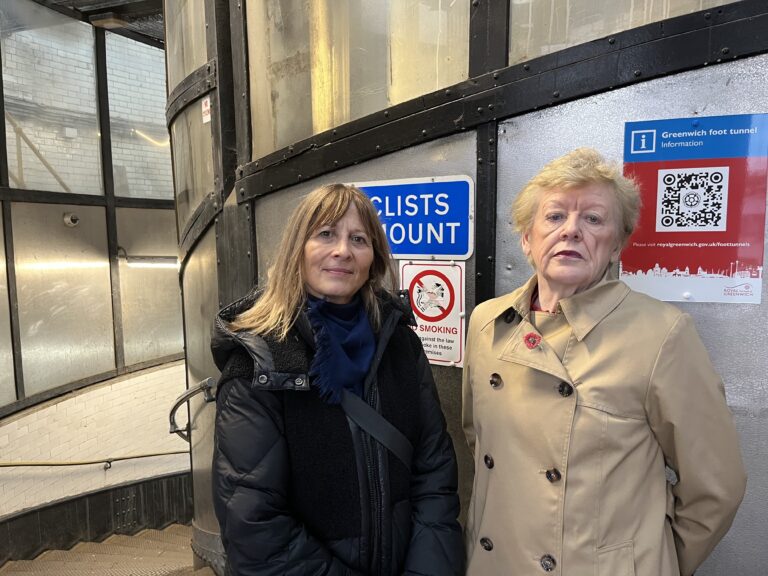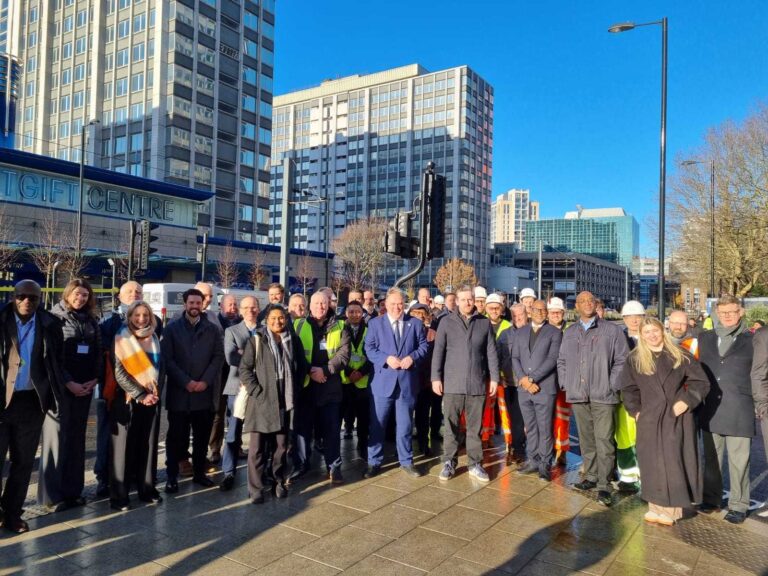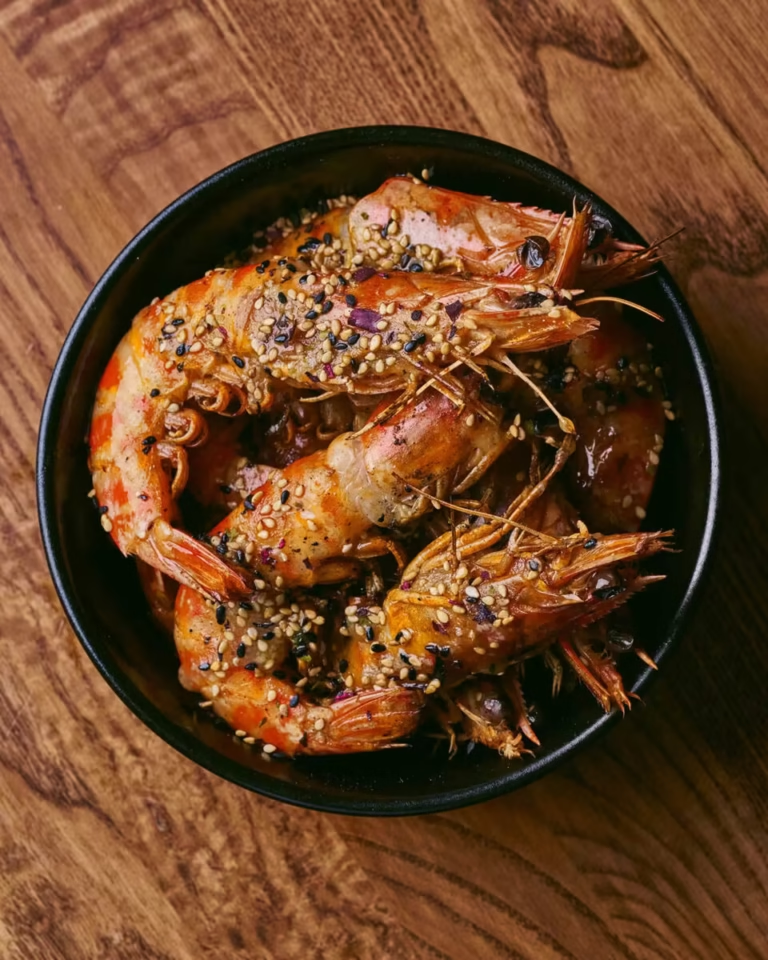A free multidisciplinary exhibition features photography, audio, film, illustration and installations, all exploring the meaning of water to different cultures has opened up at the National Maritime Museum in Greenwich.
Water. It’s the most vital substance in our daily lives. Not only does it make up roughly 60% of our bodies, but we drink it, wash with it and some of us even travel on it. Yet for those of us who can access water on demand, we enjoy a passive relationship with it, viewing it as a necessity but a given in our daily lives. Here to remind us of the international significance of H2O is Black-led arts organisation The Collective Makers, run by Swedish-Nigerian multidisciplinary artist Joseph Ijoyemi and French-Brazilian visual artist Lison Sabrina Musset.
“We’re made up of water. It’s in everything,” Lison Sabrina reflects, when I speak to her and Joseph ahead of the exhibition’s unveiling. She and Joseph met in early 2020 at a networking event in Lewisham for Black artists. They bonded over a shared creative outlook, but when the pandemic struck and opportunities for artists like themselves dried up, they decided to establish an organisation, The Collective Makers, to support artists from BAME backgrounds, disproportionately disadvantaged by the ripple effects of Covid-19.
“We did a call out and 50 people came on Zoom and shared their experiences, and it was exactly the same challenges we’d been facing in terms of funding and support – not just financial, but for mental health too,” Lison Sabrina recalls. “The government didn’t have anything sustainable for artists… A lot of people gave up their careers at the time.”
The collective’s first event, held in 2021, was an exhibition for Black History Month. It was a success, attracting 6,200 visitors and resulting in enough funding to allow them to produce more work. It also attracted the attention of those in charge at RMG, who asked the pair to produce some small-scale events at the National Maritime Museum. When these, too, proved a success, bringing in a different demographic to the museum, the offer landed on the table for Joseph and Lison Sabrina to produce a major, long-running exhibition, and water seemed an obvious choice of theme.
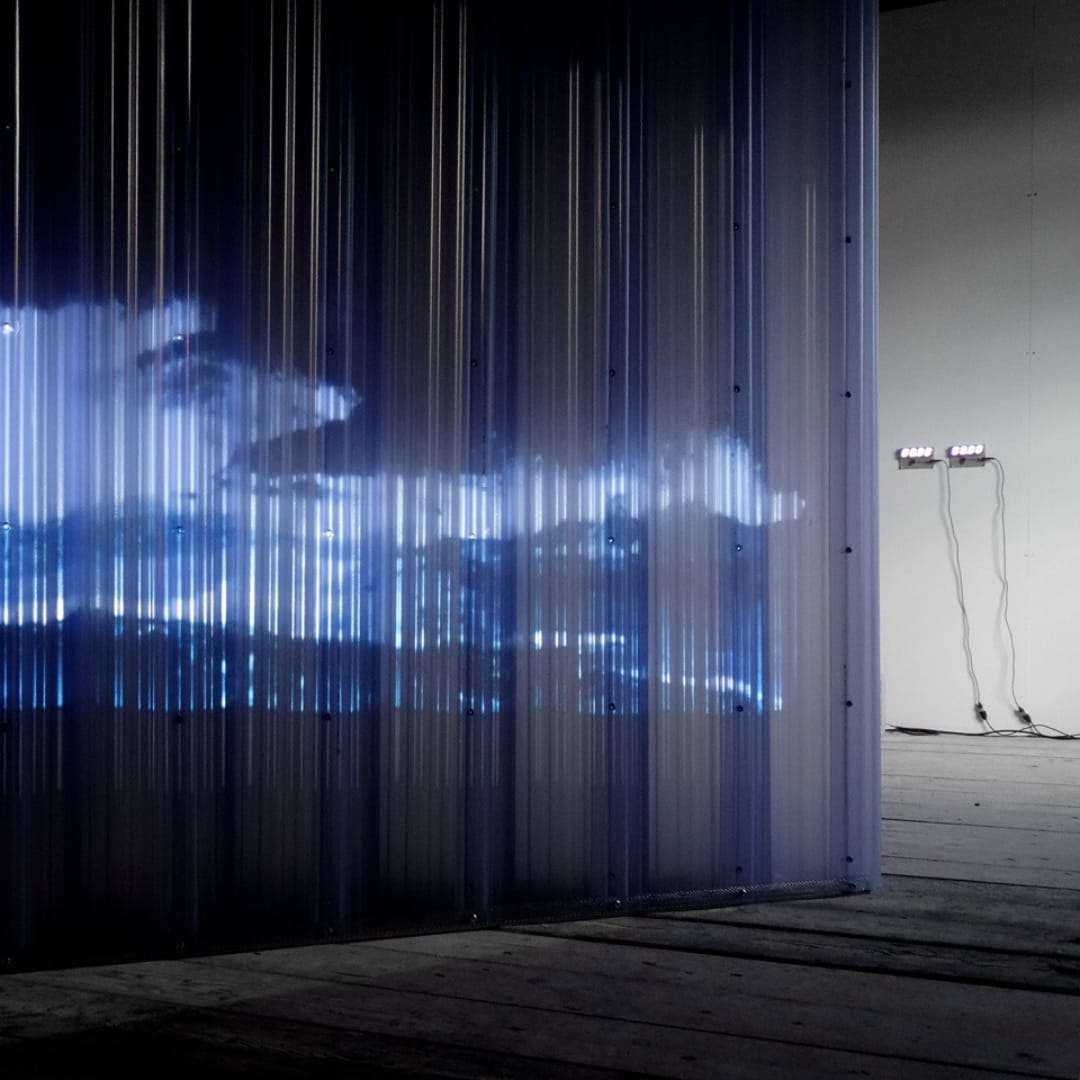
“We know our Black community struggles to enter into institutions like museums. We wanted to curate an exhibition they’d be able to relate to. Water, especially for the Black community, has a lot of relations,” says Joseph. “I can’t swim and there’s a historic reason for that,” he says, citing a childhood trauma. “When you speak to other Black individuals, they all have the same experience and the same stories.”
Joseph insists that among the same communities, water holds more positive connotations, too. For instance, it’s used by many in religious rituals – something one of the exhibition’s artists is exploring in their work.
Lison Sabrina and Joseph were keen for their seven chosen artists to represent a broad range of ages, nationalities, genders and creative practices.
“Our youngest artist is an 18 year old, and the oldest artist is in his late 50s,” Lison Sabrina reveals. “We’ve got two non-binary artists, and we’re diverse in terms of countries. Our artists are from Cyprus, Chile, South Africa, Nigeria, Sudan, Malaysia, New Zealand and England,” she says, adding that her and Joseph’s own multiracial backgrounds helped them curate this authentically international show.
With only four months to mount the exhibition, the pair knew they needed to find artists with pre-existing works around water. Any paintings coming into the museum would have had to be quarantined for a couple of months to avoid risking contamination of historical artefacts, so they prioritised finding digital and photography-led artworks instead, as well as installations which could be compiled on site. “We wanted video work because it’s sustainable and it can be used again,” explains Joseph.
The resulting exhibition is open plan but split into two rooms, with visitors invited to journey through the work of one artist at a time. “The space begins in the dark with a focus on film… but as you move through the exhibition it becomes brighter,” Joseph reveals. At the end of the exhibition, there’s a participatory area, where visitors are invited to jot down their reflections on water and the artworks they’ve seen.
“I hope visitors take away a reflection on what water means to them, whether [their relationship with it] is a good thing or a bad thing, and also some awareness of what water means to other cultures,” says Joseph. “We all know water is useful on a daily basis for drinking and cleaning, but what stories make you think ‘water has done this to me’? That’s what we’d like to hear from the public.
Meet the artists
Dafe Oboro
Working predominantly in photography and film, Dafe uses sound and imagery to question ideas of masculinity, movement and the socio-political state of contemporary Nigeria.
Aya Mohamed
An 18-year-old illustrator based in north-west London, Aya uses digital and traditional illustration techniques to create works on themes such as politics and identity.
Paul Malone
A Fine Art and Sculpture graduate, Paul has exhibited his works in the UK and Europe, and has curated a number of exhibitions and projects.
Giya Makondo-Wills
A British-South African documentary photographer and visual artist, Giya focuses on urgent matters of our time and how they relate to the history of marginalised communities. Giya aims to challenge visual culture and the western gaze, recognising the role of the camera in writing new histories.
JIUN Collective
JIUN is a south-east London-based collective made up of three sisters: Kharis, Verity and Stephanie Wong, who work across a variety of media including ceramics, printmaking, installation and photography.
Artemis Evlogimenou
Artemis’s work focuses on presenting the invisible, such as emotions, concepts and beliefs. She draws inspiration from three lifelong fascinations: anthropology, sound and nature, exploring these topics through digital and analogue processes.
Seba Calfuqueo
Chile-based artist Seba uses installation, ceramics, performance and video to critique the social, cultural and political status of the indigenous Mapuche people within contemporary Chilean society.
Our Connection to Water is showing at the National Maritime Museum, Romney Road, London SE10 9NF.
Opens 31 March, 10am – 5pm.
Admission: FREE.
www.rmg.co.uk/whats-on/national-maritime-museum/our-connection-water


